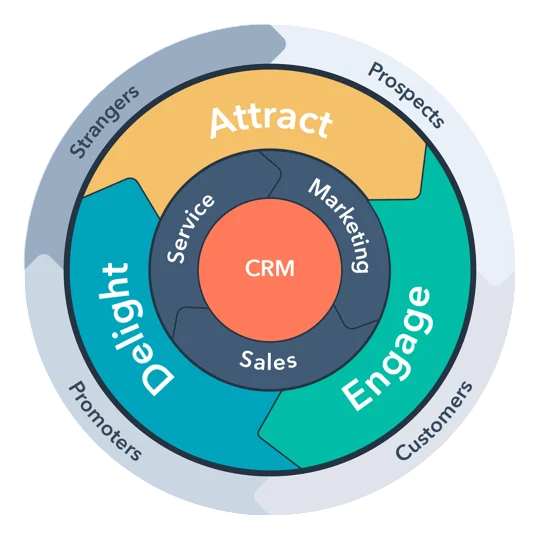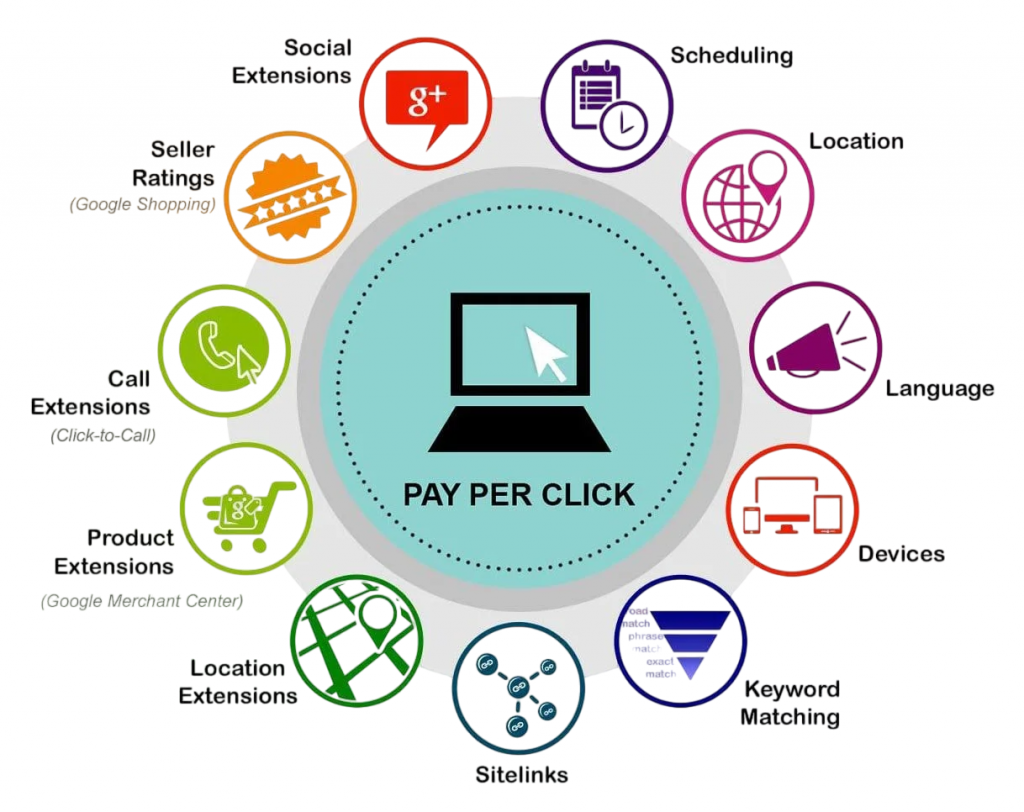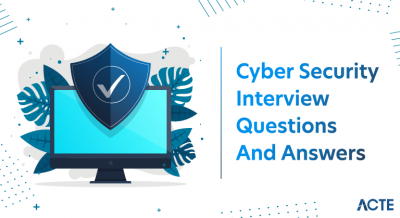
- Introduction
- What is Digital Marketing?
- Why Examples Matter in Digital Marketing
- SEO (Search Engine Optimization) Examples
- Content Marketing Examples
- Social Media Marketing Examples
- Email Marketing Examples
- Pay-Per-Click (PPC) Advertising Examples
- Influencer Marketing Examples
- Affiliate Marketing Examples
- Video Marketing Examples
- Mobile Marketing Examples
- Conclusion
Introduction
Digital marketing continues to evolve rapidly, but one thing remains constant: real-world examples offer some of the most powerful lessons for marketers. By analyzing successful campaigns, we can better understand what works, why it works, and how to adapt those strategies to our own businesses. This article explores digital marketing examples across multiple channels SEO, content, email, social media, and more giving you inspiration and insight for your own strategy.In the world of Digital Marketing Training , understanding how potential customers move from first hearing about your brand to becoming loyal buyers is crucial. This journey is often described through the concept of a digital marketing funnel, a framework that helps businesses map out and optimize each step of the customer acquisition process. Whether you’re a marketer, business owner, or entrepreneur, grasping what a digital marketing funnel is and how to use it effectively can significantly enhance your marketing efforts and ROI.In today’s competitive online landscape, attracting customers isn’t just about getting traffic it’s about guiding potential buyers through a journey that turns interest into action. That’s where the digital marketing funnel comes in.
Ready to Get Certified in Digital Marketing? Explore the Program Now Digital Marketing Online Training Offered By ACTE Right Now!
What is Digital Marketing?
Digital marketing refers to all marketing efforts that use digital channels to connect with current and prospective customers. It includes tactics like SEO, email marketing, social media, PPC, content marketing, and more. These channels enable businesses to reach audiences where they spend the most time: online.Digital marketing is the practice of promoting products, services, Digital Marketing Project or brands using digital channels and technologies. It encompasses a wide range of online tactics such as search engines, social media, email, websites, and mobile apps to reach and engage target audiences. Unlike traditional marketing, digital marketing allows for real-time interaction, precise targeting, and measurable results. Its goal is to connect with potential customers at various stages of their buying journey by delivering relevant content and personalized experiences that drive awareness, engagement, and conversions.
Why Examples Matter in Digital Marketing
Theory is important, but examples bring strategy to life. Examples show real results, demonstrate innovative thinking, and reveal how companies use digital tools to meet specific objectives. They offer practical inspiration for marketers, entrepreneurs, and small business owners looking to sharpen their skills or increase ROI.Examples are essential to digital marketing because they make ideas, tactics, and outcomes more understandable and accessible. They make it simpler for marketers to comprehend and implement best practices by offering concrete evidence of how particular strategies function in actual situations. By presenting creative campaigns and distinctive strategies, examples also encourage innovation and help firms stand out in the congested digital market. Additionally, sharing success stories increases trust and confidence with clients and across teams, Digital Marketing Skills which strengthens a marketing strategy’s efficacy.
SEO (Search Engine Optimization) Examples
Example: HubSpot’s Inbound Marketing Strategy
- HubSpot’s blog is a masterclass in SEO. They publish long-form, keyword-optimized content targeting search queries at all stages of the buyer journey. They use internal linking, strong meta titles, and backlinks to climb SERPs. As a result, they generate millions of visits per month organically.
- NerdWallet dominates competitive search terms like “best credit cards” by creating valuable, well-structured content around high-intent keywords. They combine user-first content with strong technical SEO Latest Digital Marketing Trends and schema markup to gain visibility in Google’s featured snippets.
- This iconic campaign personalized Coke bottles with people’s names and encouraged sharing on social media. The campaign went viral and dramatically increased user-generated content and engagement. Though offline in origin, the Digital Marketing Training amplification through content sharing made it legendary.
- Airbnb offers comprehensive digital city guides to travelers. These guides serve as content hubs, combining storytelling with local knowledge. Not only do they help travelers plan trips, but they also subtly promote Airbnb listings within each destination.
- Spotify’s annual “Wrapped” campaign creates personalized year-in-review content for users. It combines data visualization, storytelling, and social sharing to drive huge engagement. The campaign increases app usage, brand loyalty, and word-of-mouth marketing every December.
- Duolingo went viral on TikTok by using humor, trends, and the company’s owl mascot in a quirky way. By embracing the platform’s culture, History of Digital Marketing they gained millions of followers and boosted app downloads, all through organic social media content.
- Grammarly sends users weekly email reports with personalized stats like word count, productivity levels, and top mistakes. These emails are engaging, personalized, and add value boosting user retention and reinforcing Grammarly’s usefulness.
- Sephora uses segmented email campaigns based on past purchases, preferences, and reward status. Their emails are highly visual and contain special offers, personalized recommendations, Types of Social Media and calls to action that drive conversions and loyalty.
- Amazon dominates PPC with product-specific Google Shopping ads. Their ads show product images, prices, and reviews directly in search results, Digital Marketing Training making them incredibly effective. Real-time bidding and automated targeting help Amazon maximize ROI across millions of products.
- Nike uses emotionally charged, story-driven video ads on YouTube targeted by demographics, interests, and behaviors. Their PPC ads often tie into major events like the Olympics or World Cup, combining brand awareness with direct sales performance.
- Daniel Wellington grew from a startup to a global watch brand using influencers. They sent products to micro and macro influencers and encouraged them to share discount codes. This word-of-mouth marketing drove awareness and sales without heavy reliance on traditional ads.
- Gymshark built a loyal following by partnering with fitness influencers on YouTube and Instagram. Instead of focusing only on product promotion, they promoted lifestyle and community, Digital Marketing Metrics making their influencers part of the brand story.
- Wirecutter provides detailed product reviews and earns affiliate revenue through links. Their credibility, in-depth testing, and transparency build user trust and result in high conversion rates. It’s a great example of combining content with affiliate strategy.
- Pat Flynn uses affiliate marketing to promote tools he personally uses. His blog posts and YouTube videos are educational, honest, SEO Tips To Rule Google Maps and practical. Transparency and value-driven content help build long-term trust and affiliate income.
- Blendtec’s viral videos showing their blenders pulverizing iPhones and golf balls entertained audiences and showcased product power. These short YouTube videos helped the brand achieve explosive sales growth and become a household name.
- Dove’s emotionally resonant videos focused on real women and body positivity. Their Real Beauty Sketches video became one of the most shared ads ever. The campaign used storytelling to connect with viewers deeply, Digital Marketing Certification Process not just sell a product.
- Starbucks uses its mobile app for ordering, payment, and loyalty rewards. Push notifications alert users to new offers, Top Digital Marketing Experts while personalized deals increase app engagement. Their mobile-first experience boosts customer retention and purchase frequency.
- Domino’s allows customers to order pizza via smartwatches, Alexa, Slack, and even TVs. This innovative mobile and multi-platform strategy emphasizes convenience and helps them stand out in a saturated market.

Example: NerdWallet’s Financial SEO
To Explore Digital Marketing in Depth, Check Out Our Comprehensive Digital Marketing Training To Gain Insights From Our Experts!
Content Marketing Examples
Example: Coca-Cola’s “Share a Coke” Campaign
Example: Airbnb’s City Guides
Social Media Marketing Examples
Example: Spotify Wrapped
Example: Duolingo’s TikTok Strategy
Email Marketing Examples
Example: Grammarly’s Usage Reports
Example: Sephora’s Loyalty Campaigns
Pay-Per-Click (PPC) Advertising Examples
Example: Amazon’s Google Shopping Ads

Example: Nike’s YouTube Ads
Looking to Master Digital Marketing? Discover the Digital Marketing Expert Masters Program Training Course Available at ACTE Now!
Influencer Marketing Examples
Example: Daniel Wellington’s Instagram Strategy
Example: Gymshark’s Fitness Influencers
Affiliate Marketing Examples
Example: Wirecutter by The New York Times
Example: Pat Flynn’s Smart Passive Income
Video Marketing Examples
Example: Blendtec’s “Will It Blend?” Series
Example: Dove’s “Real Beauty” Campaign
Mobile Marketing Examples
Example: Starbucks App and Rewards
Example: Domino’s AnyWare
Preparing for Digital Marketing Job Interviews? Have a Look at Our Blog on Digital Marketing Interview Questions and Answers To Ace Your Interview!
Conclusion
Digital marketing trends are evolving faster than ever in 2025. From AI and personalization to privacy-first strategies and immersive content, businesses must stay current to remain competitive. These Strategy for New Trends are not just buzzwords; they reflect real changes in consumer behavior, technology, and communication. By understanding and adapting to these shifts, marketers can deliver more meaningful, measurable, and modern experiences to their audience.The future of Digital Marketing Training is dynamic and full of exciting possibilities, driven by rapid technological advancements and changing consumer expectations. Embracing innovations like AI, voice search, and immersive experiences will be key to staying competitive. At the same time, marketers must prioritize data privacy, authenticity, and sustainability to build lasting trust with their audiences. By staying adaptable and forward-thinking, businesses can harness these emerging trends to create more personalized, engaging, and effective marketing strategies that fuel growth well into the future.




